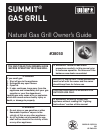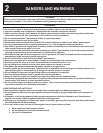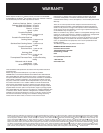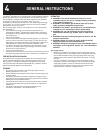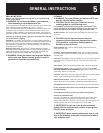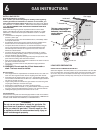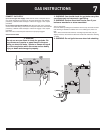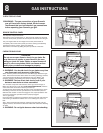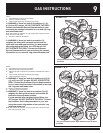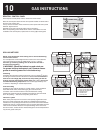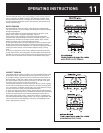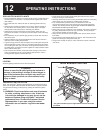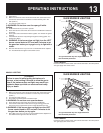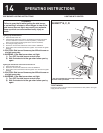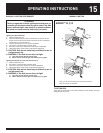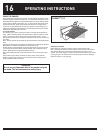Special offers from our partners!

Find Replacement BBQ Parts for 20,308 Models. Repair your BBQ today.

Buy Weber Grill Parts. It couldn't be easier. Find your Weber parts here.
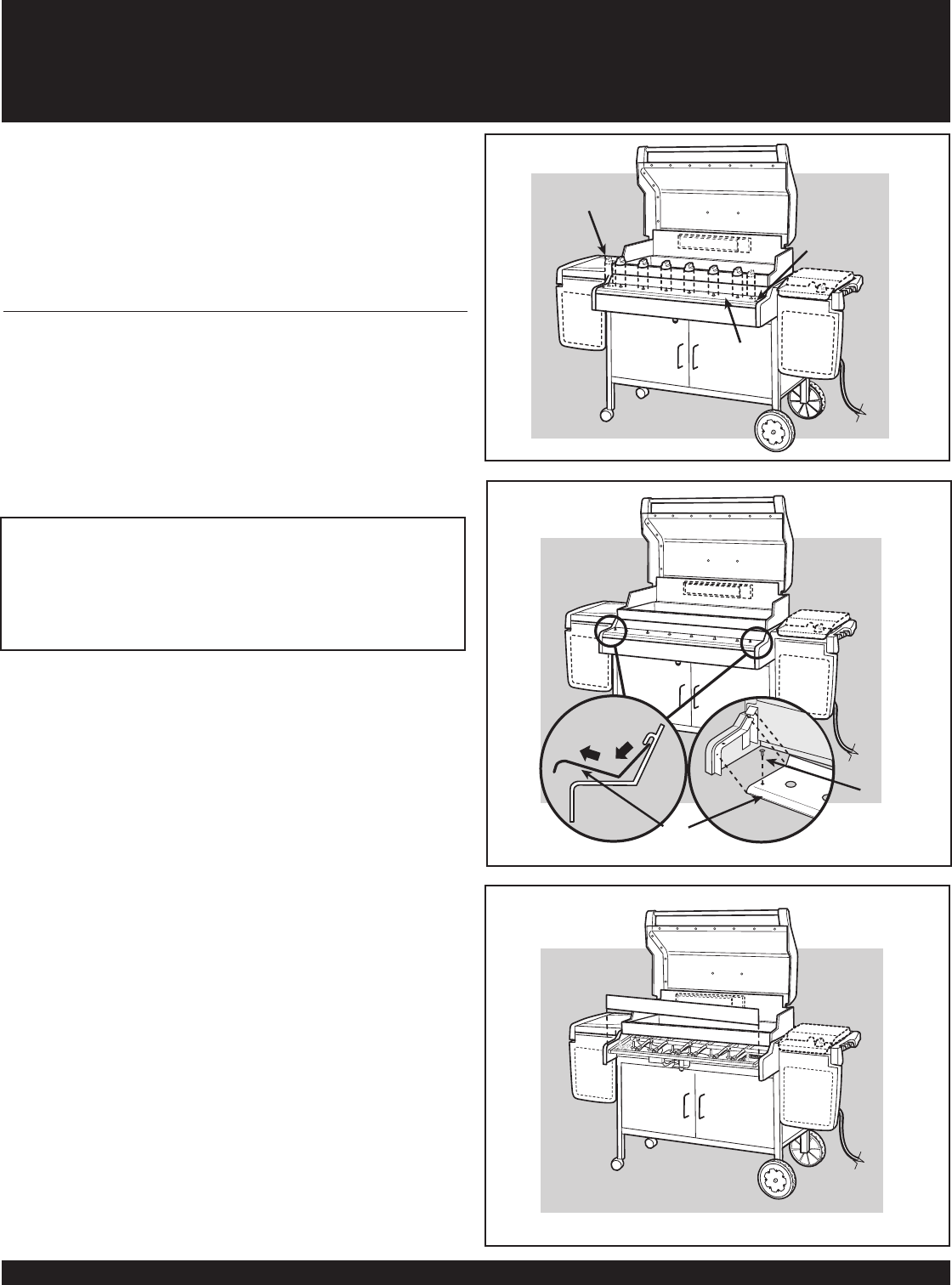
8
CHECK FOR GAS LEAKS
ƽWARNING : The gas connections of your Summit
®
gas grill have been factory tested. We do however
recommend that you leak check all gas connections
before operating your Summit
®
gas grill.
REMOVE CONTROL PANEL
Part required: Phillips Screwdriver.
Remove the burner control knobs (1). The screws (2) need to be removed
from the control panel (3) before the control panel is removed from the grill.
Put your fi ngers under the front edge of the control panel and lift off.
Completely remove the control panel (4) from the cooking box assembly
exposing the valves, burners, igniter, and manifold.
Remove the Front Panel by sliding the panel up and out of the slots.
(1 )
(2 )
(3 )
GAS INSTRUCTIONS
(2
(4 )
CHECK FOR GAS LEAKS
ƽDANGER
Do not use an open fl ame to check for gas leaks. Be
sure there are no sparks or open fl ames in the area
while you check for leaks. Sparks or open fl ames will
result in a fi re or explosion which can cause serious
bodily injury or death and damage to property.
ƽ WARNING: You should check for gas leaks every time
you disconnect and reconnect a gas fi tting.
Note - All factory-made connections have been thoroughly checked for gas
leaks. The burners have been fl ame-tested. As a safety precaution however,
you should recheck all fi ttings for leaks before using your Weber
®
gas
barbecue. Shipping and handling may loosen or damage a gas fi tting.
ƽ WARNING: Perform these leak checks even if your
barbecue was dealer or store assembled.
You will need: a soap and water solution, and a rag or brush to apply it.
Make sure side burner is OFF (See LEAK CHECK PREPARATION). Remove
valve control knob and screws. Remove porcelain top.
To perform leak checks: Slide back the collar of the quick disconnect. Push
male fi tting of the hose into the quick disconnect, and maintain pressure.
Slide the collar closed. If it does not engage or lock, repeat procedure. Gas
will not fl ow unless the quick disconnect is properly engaged.
Turn on gas supply.
Check for leaks by wetting the connections with the soap and water solution
and watching for bubbles. If bubbles form or if a bubble grows, there is a
leak.
Note - Since some leak test solutions, including soap and water, may be
slightly corrosive, all connections should be rinsed with water after checking
for leaks.
ƽ WARNING: Do not ignite burners when leak checking.



